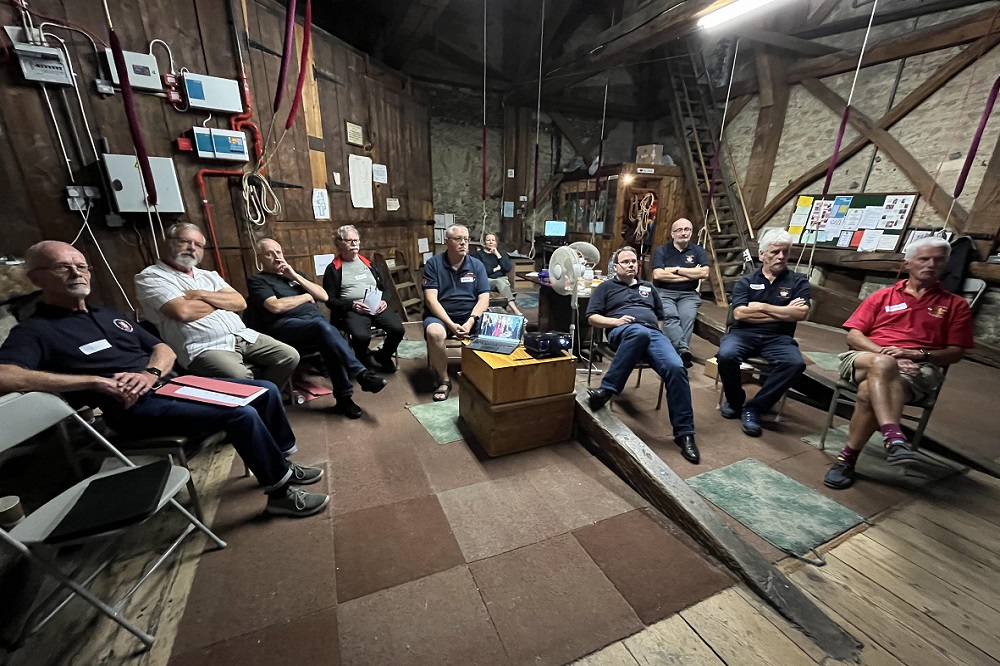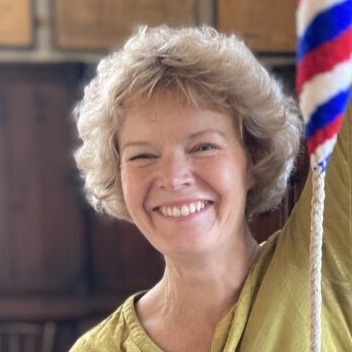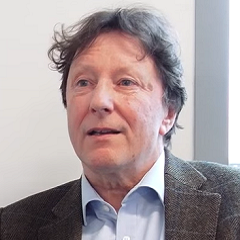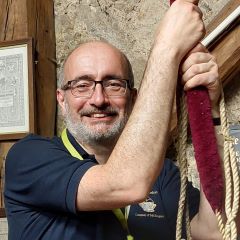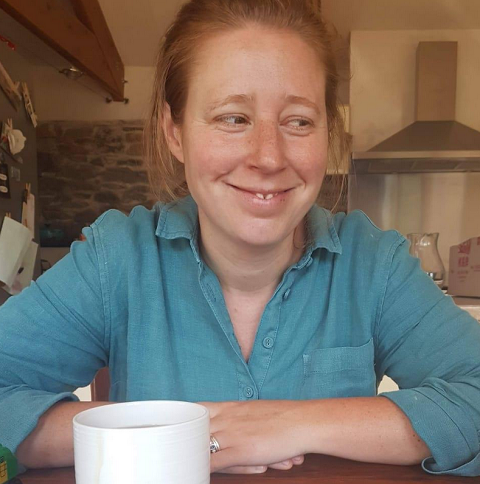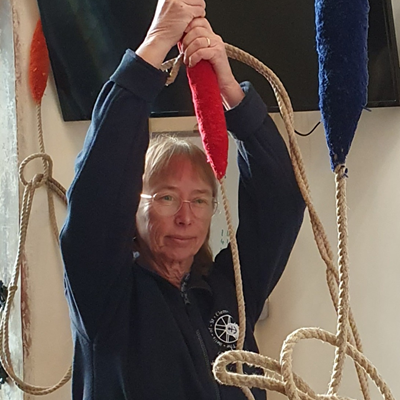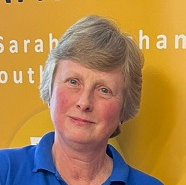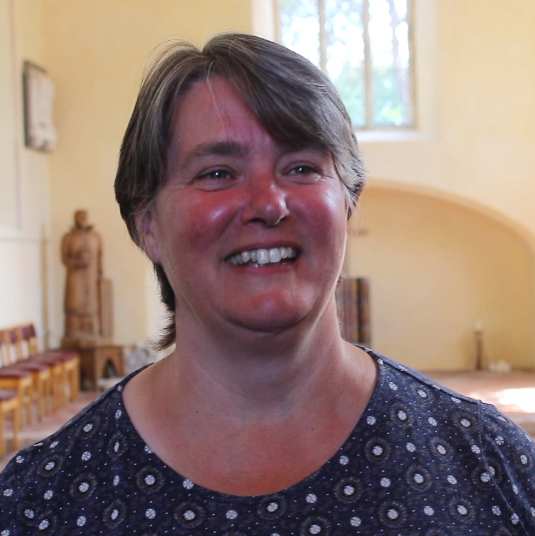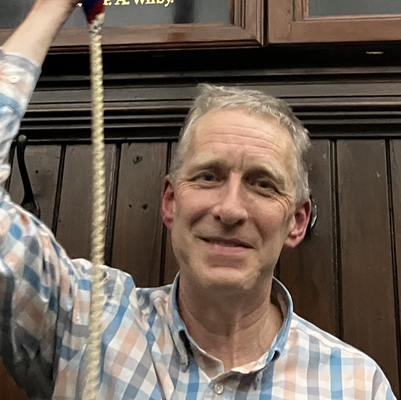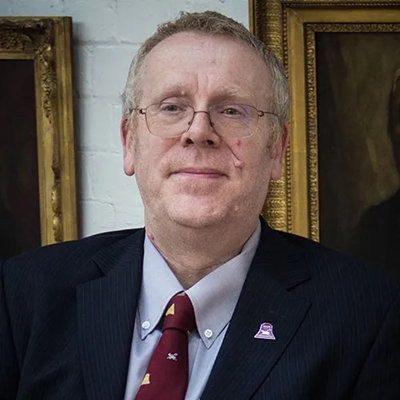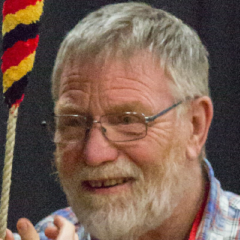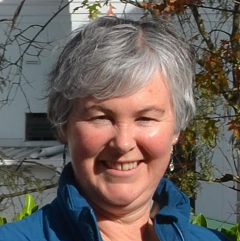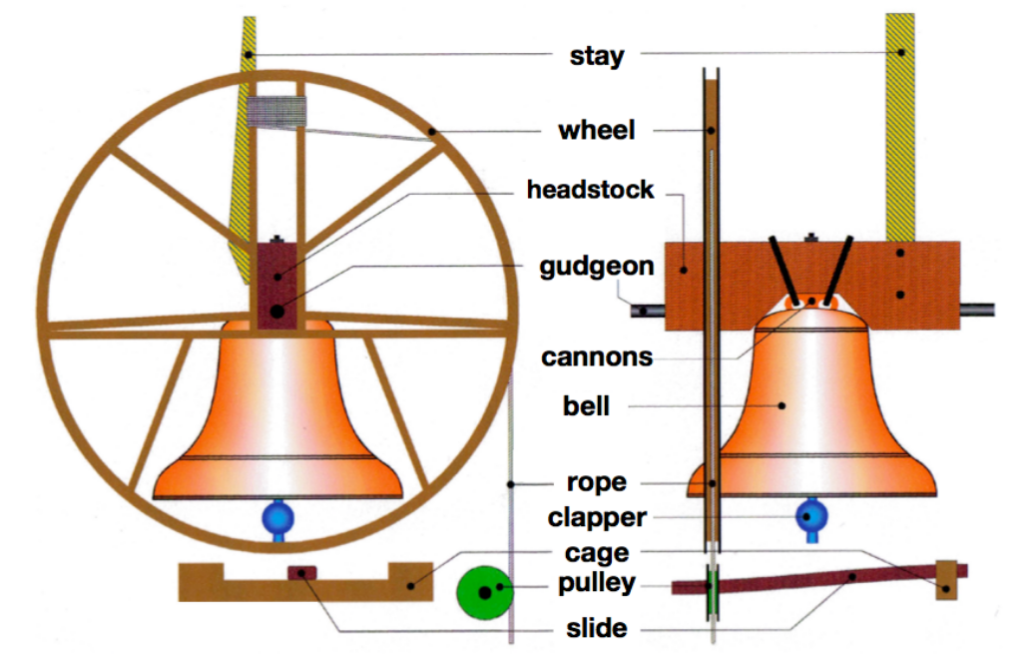M2 at Rochester! This is not about the motorway that by-passes Rochester and the other Medway Towns, rather it is about the recent M2F Teaching Course held at Rochester Cathedral on 31st August. The M2F course is aimed at those who want to develop techniques and strategies to move students on from basic bell control and ringing in rounds through to plain hunting.
The Rochester Cathedral band are hoping to develop their tower as a training centre for ART in North Kent. The Cathedral boasts a fine Gillett and Johnston ring of 10 and, just prior to lockdown, installed a simulator linked to the front 8 bells. This, and a large ringing chamber, provide a useful location for training sessions.
On the morning of the course, 11 of us, mostly from Kent, assembled in the tower and were welcomed by our tutor, David Sparling. As we introduced ourselves, it became apparent that there was a wide range of experience and ability in the group. Some only had a few years’ experience whilst others had been ringing for a very long time. Some were at the early stages of method ringing whereas others were happy to ring anything. Some had only recently started teaching ringing and others were experienced teachers looking for ways to develop their own teaching practice.
As those who have already attended an ART M1 or M2 course are aware, there is a big emphasis on practical sessions as well as presentations. The presentations offer opportunities for the group to discuss their own thoughts and experiences which make them very engaging for the participants. It is this balance that helps the attendees to get a better understanding of the material and experience some of the teaching ideas prior to trying them out on their own ringers.
The presentations and the practical sessions guided us initially through the processes of developing good striking and improving bell control, enhancing the foundation skills that would have been learnt at the M1 stage. From here, the concepts of rope-sight and leading were introduced through practical activities that would enable the novice ringer to practise simple sequences to build on an introduction to call-changes.
These led to more complex activities based on Kaleidoscope exercises, a series of exercises to help develop place making, dodging and simple plain hunting as a stepping stone towards method ringing.
Finally, we were able to ring some methods designed to reinforce plain hunting on 3, 4 or 5 bells, some of which could be useful additions to the toolkit when bringing a ringer on from plain hunt to ringing inside.
Whilst the course is aimed to bring on somebody in their early stages of change ringing, it does provide an element of challenge to those who are more experienced, it can be difficult to count 5 pulls until the bells stand or ringing a bell to call-changes whilst everyone else is ringing at the other stroke. However, the aim of the M2F course is to provide new ringers with an opportunity to develop the foundation skills to move on to method ringing and I feel that this structured programme really does provide that. Now it is time to put into practice what we have learned in order to attain the M2F accreditation.

